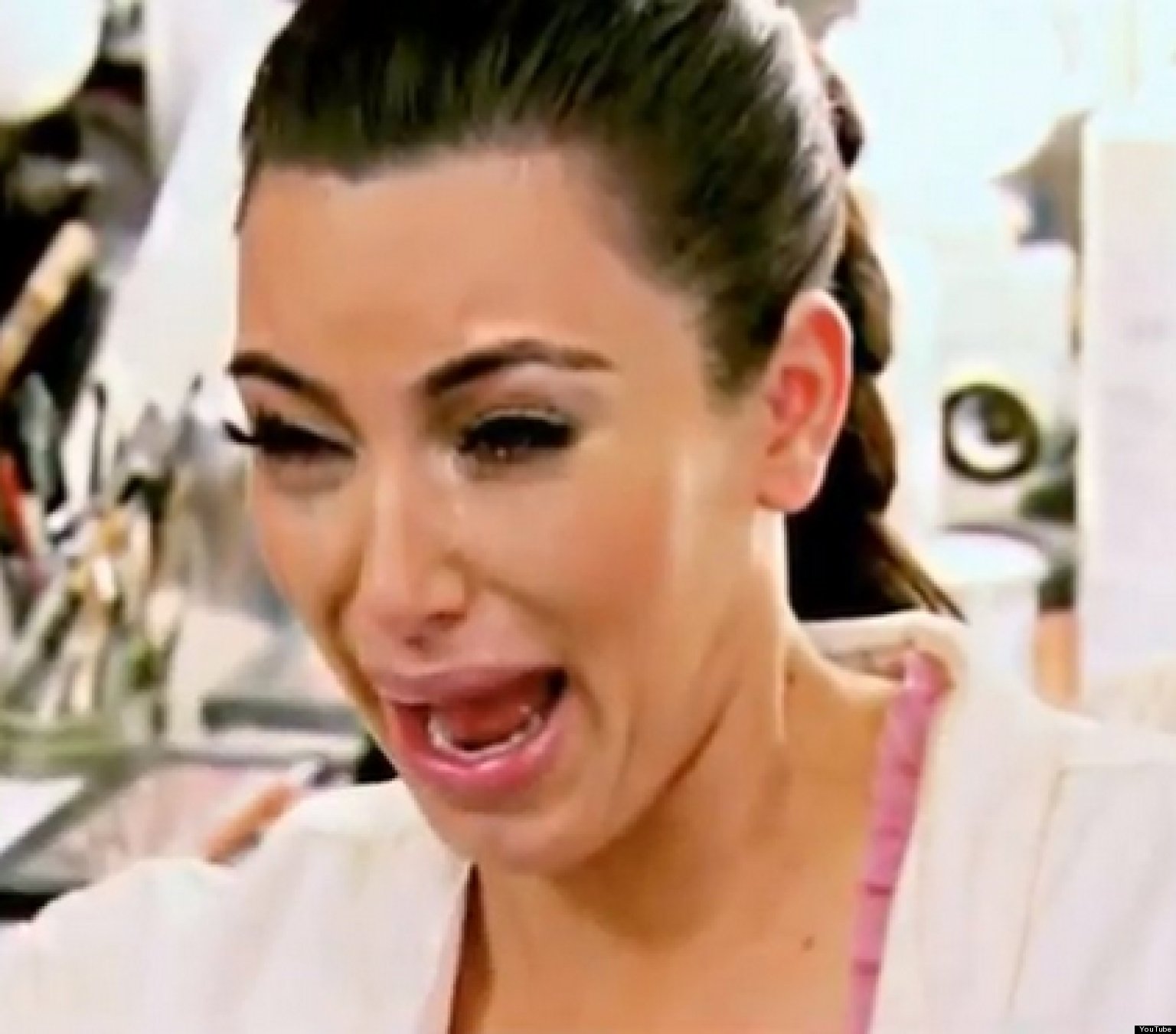At the beginning of this lesson I pointed to the idea that technological advances in communication tools have been part of the impetus to rethink the divisive and hierarchical categorizing of literature and orality, and suggested that this is happening for a number of reasons. I’d like you to consider two aspects of digital literature: 1) social media tools that enable widespread publication, without publishers, and 2) Hypertext, which is the name for the text that lies beyond the text you are reading, until you click. How do you think these capabilities might be impacting literature and story?

I think that many aspects of our digital lives have changed the face of what 21st century people consider ‘literature’ and ‘story’. In the lecture, it mentions “literature, by definition, is written down, it is textual.” (Paterson) I believe that at one time, producing a textual and piece was something notable. I always believed that in order to be published, many people working behind the doors of a publishing house would need to approve of the validity or quality of your work. With the advent of online platforms such as personal and professional blogs, fanfiction sites, self-publishing companies, and even the comments section of any given YouTube video, “text” has never been more pervasive or uncontrolled. With all of this competition from unchecked sources, readers and writers alike make greater efforts to differentiate between real “literature” and the texts easily found on the internet. As a strange personal rule, I consider the texts I read on the internet not as valuable or legitimate as those I read on spine-bound paper. Although, through the exercises of this lesson, I was able to find many commonalities between digital text and the traditions of both story and literature that make it seem as though digital text is in fact an “intersection”.
First, digital text, more so than physical books or a storyteller, is objected to an evaluation of it’s visual vocabulary. Simply put, if the text comes from a website that is poorly designed, is displayed in an unprofessional font or even has grammatical and formatting errors, readers are likely to engage in a state of “not believing”. However, if the quality of the story and the information is intriguing, and if the reader continues to read in spite of the visual vocabulary indicators warning them that this source is unreliable, the reader then engages in a sort of “believing”, or willingness to believe. This believing that the text is true AND not true, is an integral part, introduced by Chamberlin, of engaging with a story (Chamberlin).
Second, due to the onslaught of brief texts internet users are exposed to every day, intertextuality may be more prevalent than ever before. Intertextuality allows readers to make connections and shape the meaning of the text they are reading by referring to other texts they already know. For example, if someone is reading a short text referring to a scandal with the Kardashian family, they may be able to recall dozens of articles, photos, new stories or TV appearances of the family. Since the information is necessarily designed to be engaging and brief, a greater variety and amount of texts are both produced and consumed. While this example makes intertextuality seem trivial, I came across other theories that regard intertextuality features, such a hyperlinking, as important academic literary tools. Roland Barthes has famously seperated texts into those that are “readerly” and “writerly”. A “readerly” text follows a comfortable narrative flow with perfectly packaged and easily digested content that aligns closely with cultural norms. “Writerly” texts, however, are more difficult and require the reader to take an active role in creating meaning for themselves. These texts demand arduous subjectivity on the part of the reader. The University of Waterloo argues that hypertexting allows digital texts to emulate Barthe’s definition of the “Ideal Text” as it blurs the line between the reader and the writer. Described as branches, hypertexts allow the reader to engage with the material in any order or way that they choose, thereby crafting the text themselves. (“Readerly and Writerly Texts”).
Though I may still shudder to think that the inescapable BuzzFeed lists contribute as much to literature as the pieces composed by some of my favourite authors, I will admit that the interactive platform of digital texts gives the reader greater subjectivity than a published book. Also, self-publishing on the web allows for a wide variety of stories and ideas that may have been silenced by stuffy company or never shared because the conditions weren’t perfect.
Works Cited
Chamberlin, Edward. If This is Your Land, Where are Your Stories? Finding Common Ground. AA. Knopf. Toronto. 2004. Print.
Paterson, Erika. “Lesson 1:2” ENGL 470A Canadian Studies: Canadian Literary Genres May 2016. University of British Columbia, 2016. Web. 19 May 2016
“Readerly and Writerly Texts” Roland Barthes: Understanding Text. University of Waterloo, n.d. Web. 19 May 2016.